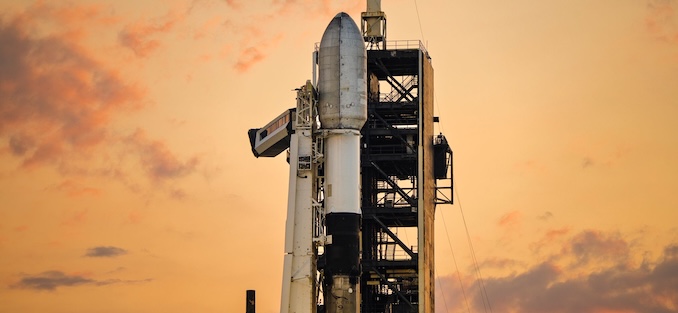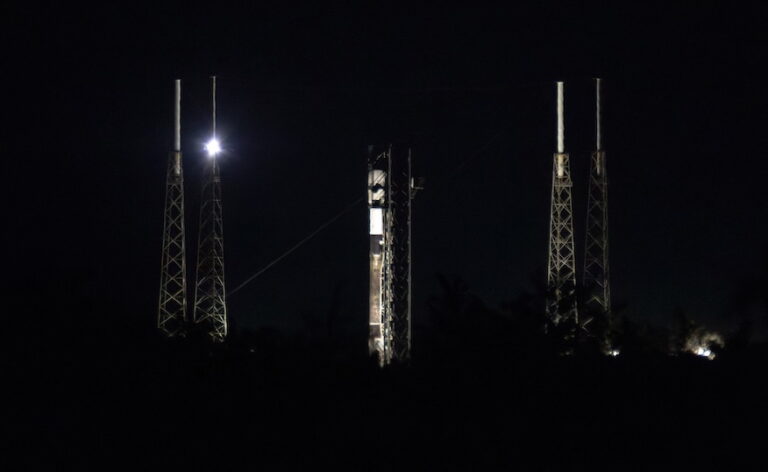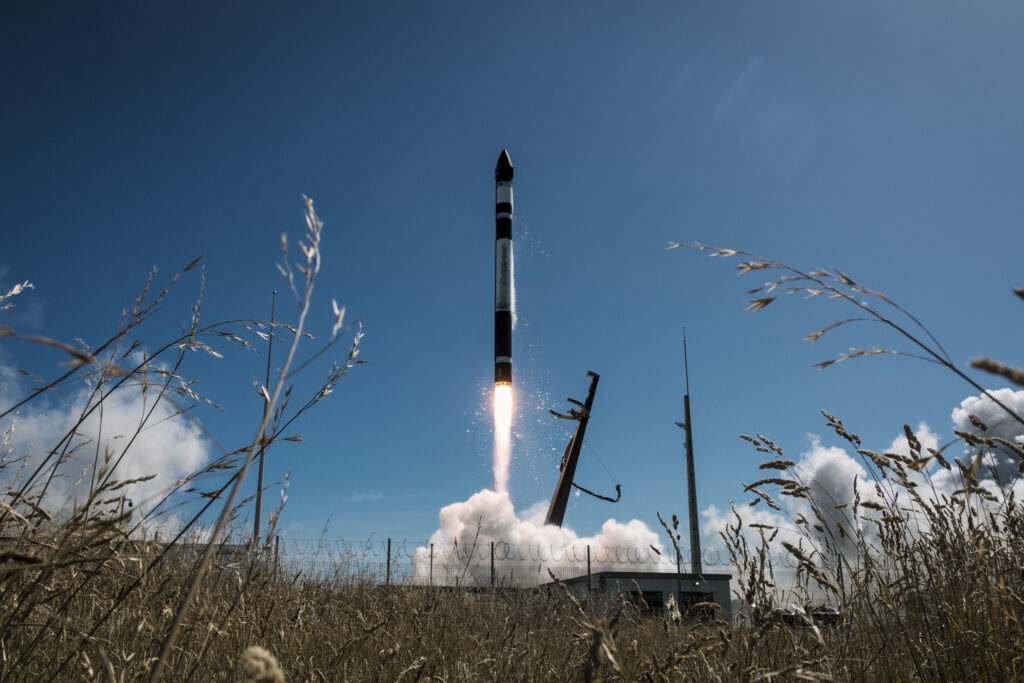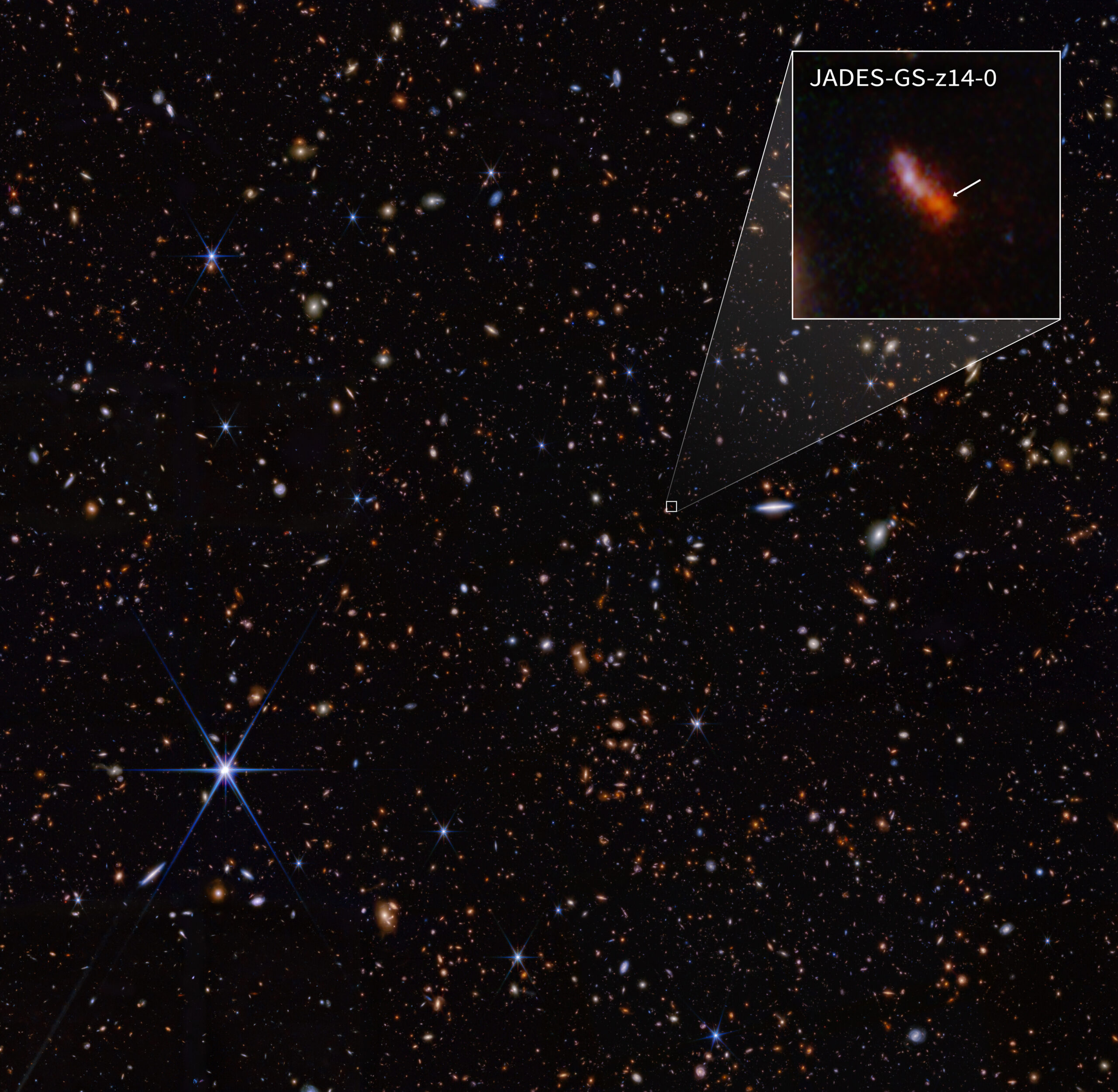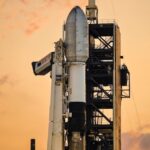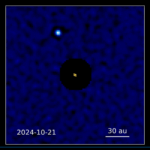Now Reading: SpaceX launches latest GPS III satellite for U.S. military
-
01
SpaceX launches latest GPS III satellite for U.S. military
SpaceX launches latest GPS III satellite for U.S. military
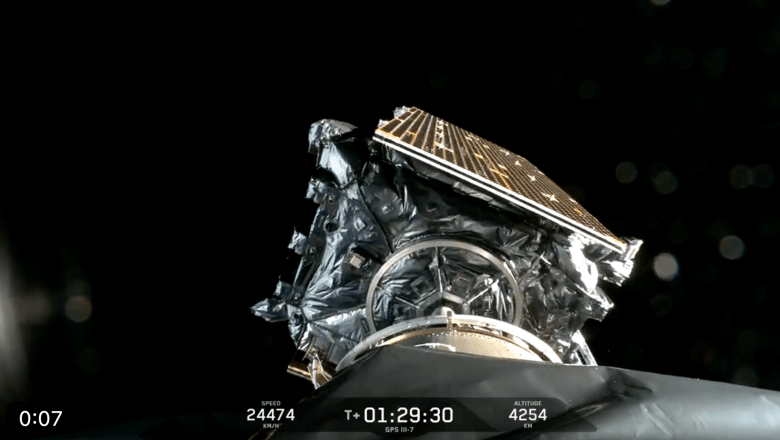
WASHINGTON — A SpaceX Falcon 9 rocket launched the U.S. military’s latest Global Positioning System (GPS) satellite on May 30.
The rocket lifted off from Cape Canaveral Space Force Station at 1:37 p.m. Eastern, carrying the GPS III SV-08 satellite — an eighth installment in the U.S. Space Force’s third-generation GPS constellation.
SpaceX’s Falcon 9 booster successfully returned to Earth after launch, landing on a droneship stationed in the Atlantic.
Roughly 90 minutes after liftoff, SpaceX confirmed the satellite was successfully deployed into its target orbit.

GPS III SV-08, built by Lockheed Martin, is the eighth of 10 GPS III spacecraft acquired by the Pentagon under a 2008 contract. Compared to earlier models, GPS III satellites provide nearly eight times better anti-jamming resistance and deliver improved accuracy and reliability, according to the Space Force. They also transmit the encrypted M-code signal for U.S. military use and L5, a civilian safety-of-life signal intended for aviation and other transport applications.
The satellites operate in medium Earth orbit, roughly 12,550 miles above Earth — an altitude optimized for global coverage and consistent timing signals.
“Every launch makes the GPS constellation more accurate and resilient,” Col. Andrew Menschner, commander of Mission Delta 31, said in a statement after the launch. Mission Delta 31 operates the GPS constellation from Colorado Springs, Colorado,.
“With 31 active vehicles, seven on orbit in reserve status, and two GPS III vehicles completed and ready for launch, the constellation is healthy and ready to support the six billion people around the world who use our capabilities every day,” he said.
SV-08 is now being controlled from Lockheed Martin’s launch and checkout operations center in Denver until its official acceptance into the operational GPS network.
Originally assigned to United Launch Alliance (ULA), SV-08 was switched to SpaceX to expedite deployment. ULA’s next-generation Vulcan Centaur rocket, recently certified for national security missions, is not expected to begin flying such payloads until later this summer.
The switch underscores the shifting dynamics of the U.S. launch sector, where SpaceX dominates in both commercial and national security missions. Friday’s flight marked the fifth national security launch by the company this year, with another dozen on the manifest through December.
Stay Informed With the Latest & Most Important News
Previous Post
Next Post
-
 012024 in Review: Highlights from NASA in Silicon Valley
012024 in Review: Highlights from NASA in Silicon Valley -
 02Panasonic Leica Summilux DG 15mm f/1.7 ASPH review
02Panasonic Leica Summilux DG 15mm f/1.7 ASPH review -
 03From Polymerization-Enabled Folding and Assembly to Chemical Evolution: Key Processes for Emergence of Functional Polymers in the Origin of Life
03From Polymerization-Enabled Folding and Assembly to Chemical Evolution: Key Processes for Emergence of Functional Polymers in the Origin of Life -
 04How New NASA, India Earth Satellite NISAR Will See Earth
04How New NASA, India Earth Satellite NISAR Will See Earth -
 05And Thus Begins A New Year For Life On Earth
05And Thus Begins A New Year For Life On Earth -
 06Astronomy Activation Ambassadors: A New Era
06Astronomy Activation Ambassadors: A New Era -
07SpaceX launch surge helps set new global launch record in 2024












